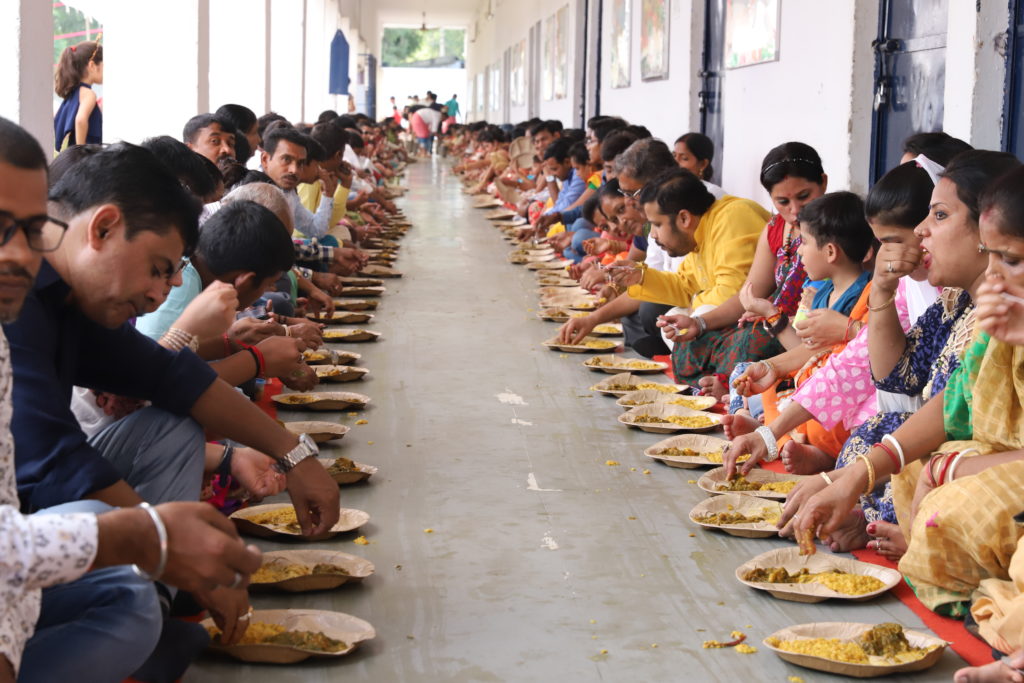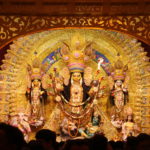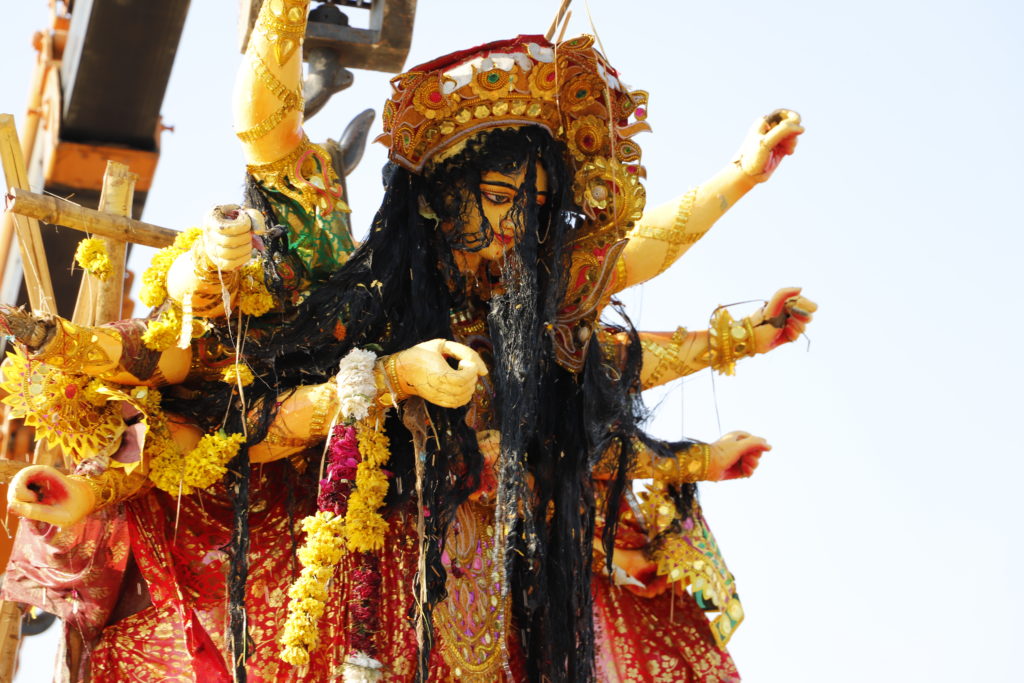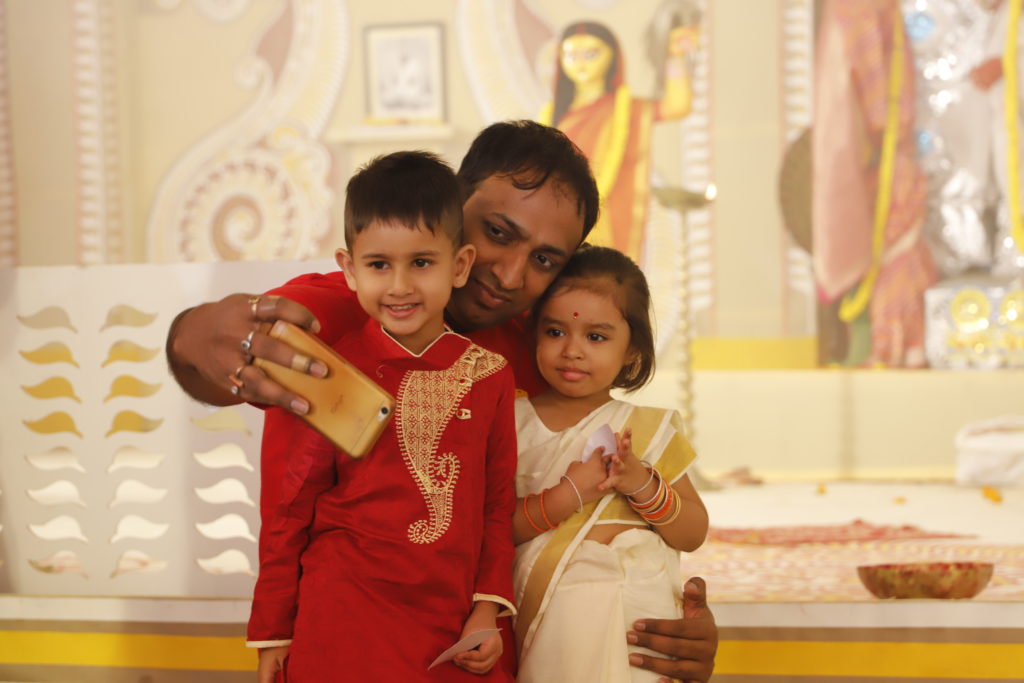Durga Puja celebrations across India
Culture
Eyetalk
October 13, 2019
/ By Aman Kanojiya, Aparna, June Mukherjee and Vaibhavi Mishra / India
A ten-day-long celebration, Durga Puja celebrates the victory of goddess Durga, over the ancient demon Mahishasura. From grand prayer ceremonies, fairs and traditional dance forms to delectable cuisines, this festival offers it all.
In front of a grand Durga idol are lined up sacred earthen pots with burning camphor and coconut husks. The priests are peacefully making arrangements for the grand puja (prayer ceremony) and women are making the customary ullulu sounds. Soon, the drummers, traditionally called dhakis gather and start beating the handsome dhaks (drums) wrapped in beautiful colourful patterns. Welcome to the grand celebration of Durga Puja.
An age-old Hindu festival, Durga Puja celebrates the victory of Hindu goddess Durga over the buffalo demon, Mahishasura; a celebration that re-instates the Hindu belief that good wins over bad, always.
The festivity involves a ten-day-long celebration in which beautifully crafted idols of Goddess Durga, her children and Lord Ganesha’s wife are set up in grand pandals(temporary make-shift structures). The clay used for making the idols is mixed with soil from places like brothel house, with the crafting of her eyes being the most important step.
The celebration marks a short stay of the goddess in her home, symbolised by the pandals away from her in-laws residing in Kailash mountains. Thousands of visitors pay visit to these pandals each year. These pandals, nowadays, also put on exhibit stalls with beautiful handicrafts and artifacts, besides traditional cuisines including ghugni, a delicacy made of black gram or yellow peas topped with spices, coriander and muri (puffed rice) and khichudi, a preparation of rice, lentils and veggies.
The celebration picks up the momentum on the eighth, ninth and tenth days of the festivity, that hold a special significance among Hindus. Celebration on the ninth day, in particular, is spectacular with a grand prayer ceremony besides the customary dhunuchi naach (a traditional dance form in which people dance with sacred earthen pots called dhunuchis that are filled with burning camphor, coal and coconut husk) over the beats of dhakis radiating feverish energy from their percussion.
On Vijayadashmi, the last day, the festivity is concluded with a beautiful tradition of Sindoor Khela in which married women bid adieu to the goddess by applying vermilion on the forehead of the idol as well as smearing the sacred vermilion on each other, followed by the immersion of the idol in water, marking her return to the heavenly abode. Arrangements are also made for grand community servings of sacred food, also called bhog.





























































